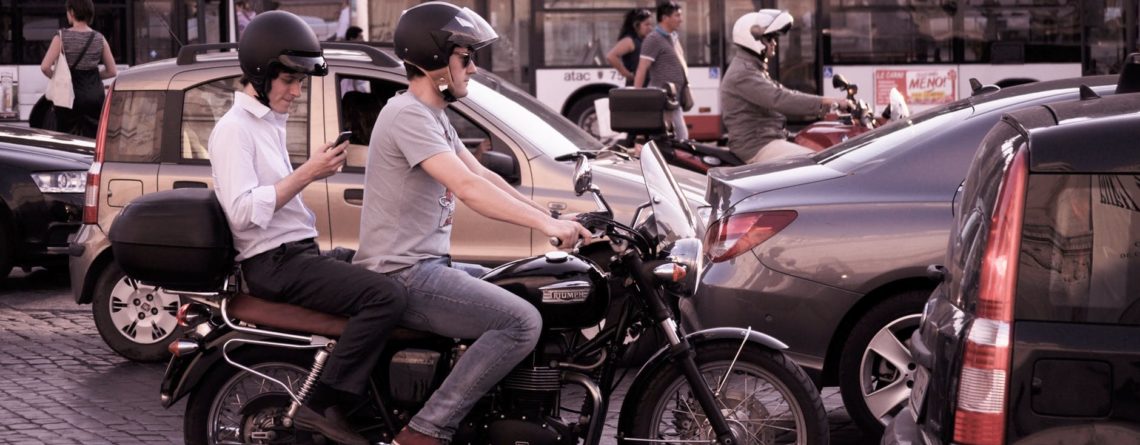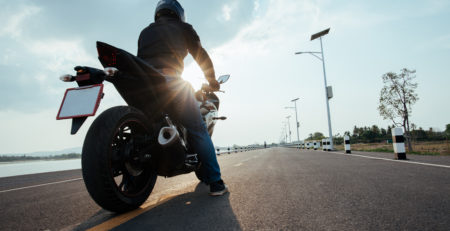Should Indiana Biker’s Be Permitted To Practice Lane Filtering?
Lane filtering is a type of lane splitting (which we will explain below.) The difference is minor, but it is important that you know the differences. You also need to know where it is and is not legal to practice. Riding a motorcycle allows for a sense of freedom that other methods of traveling do not. But be cautious. Sometimes, just because it seems to be a logical action, doesn’t mean it is legal.
What Is Lane Filtering?
As we have spoken about lane splitting in another post. Lane splitting is traveling in a slow to moderate rate of speed, in the lane next to another vehicle. This practice is legal in California, but as of this writing, it is illegal in all other states. The law explains that each vehicle must have the entirety of his lane in order to maneuver his vehicle.
Lane filtering is much the same. The difference is lane filtering occurs when the traffic is stopped or nearly stopped. The motorcyclist moves his motorcycle up in small sections at a time. He “jumps” from open gaps to open gaps so to get ahead of the traffic.
Better For Bikers
This practice doesn’t hurt anyone as long as he stays out of the way when he gets to the front of the bottleneck. Further, it only helps him be on his way faster and reduce the traffic even if very slightly. Bikers point out that the practice of lane filtering allows them to move from a situation where frustrated drivers are coming up to automobile congestion and may not even see a motorcycle in the mix.
Is Lane Filtering Legal In Any Of The States?
Lane splitting is legal in California. Lane filtering is covered under the lane-splitting statue. This law is for any road in the state of California and any moving traffic.
In 2019, Utah passed a law allowing for lane filtering. Utah’s law only applies to roads with a posted speed limit of under the speed of 45 miles per hour. Further, it can only be utilized in traffic that is stopped or moving at less than 15 miles per hour.
Indiana does not have a law authorizing lane filtering just like it does not have a law authorizing lane splitting. In fact, Indiana statute says that a vehicle cannot deprive another vehicle of the full use of its traffic lane and lane filtering or splitting would necessarily deny the adjacent motorist the full use of their lanes.
Pros And Cons Of Lane Filtering
Here are just a few of the pros and cons that repeatedly come up when riders are asked:
Pros
- It allows the rider to put space between him and the traffic. He can choose blocks of space and gradually move up until there is plenty of room.
- Increases traffic flow
- It allows the rider to judge and remove themselves from “road rage”
Cons
- If a rider moves to the right lane to allow space, an auto driver may not notice him and could open the door into his path.
- It could startle a less skilled driver and cause an accident, even in the left lane
- It can make it difficult to determine who is at fault causing insurance coverage problems
To most of us, lane filtering seems like a safe and smart way to avoid motorcycle/automobile accidents. It seems that it would reduce the congestion of a bad situation. Right now, the laws are not in our favor. But laws can be changed. Until then, be safe and enjoy the ride.
Written by: Atty: David Henn





